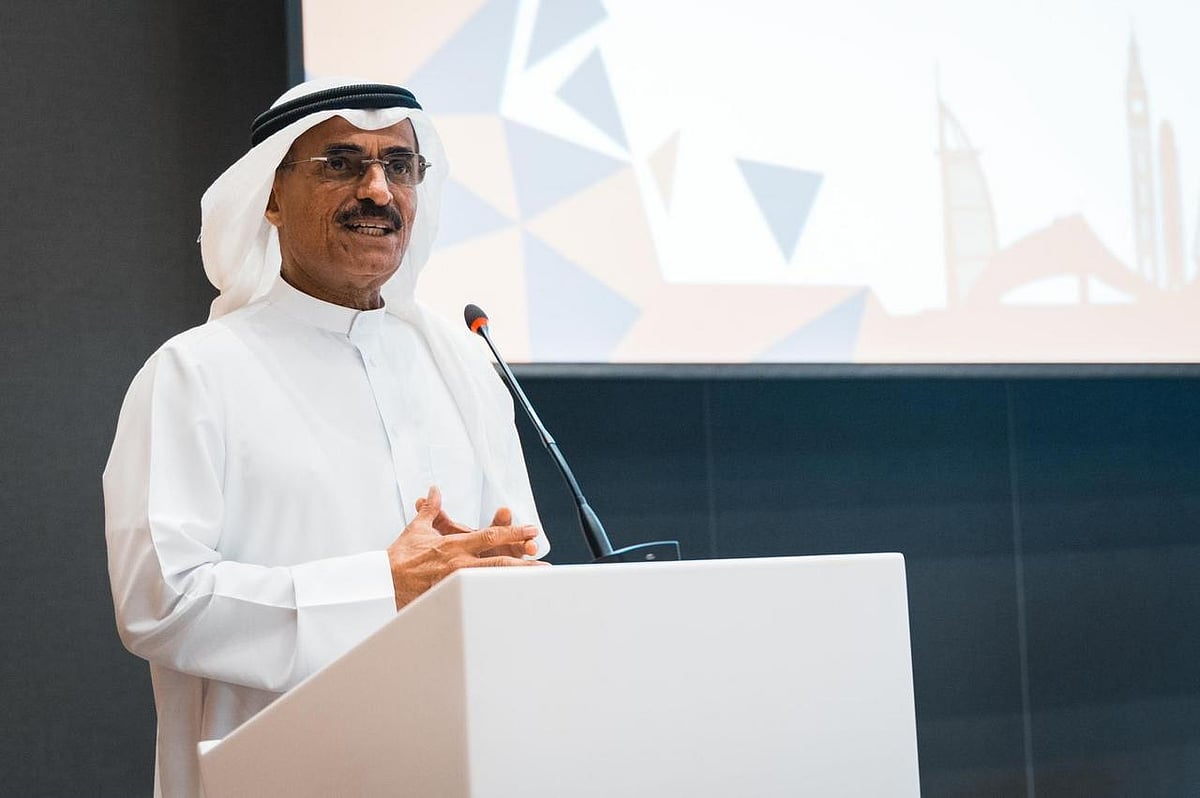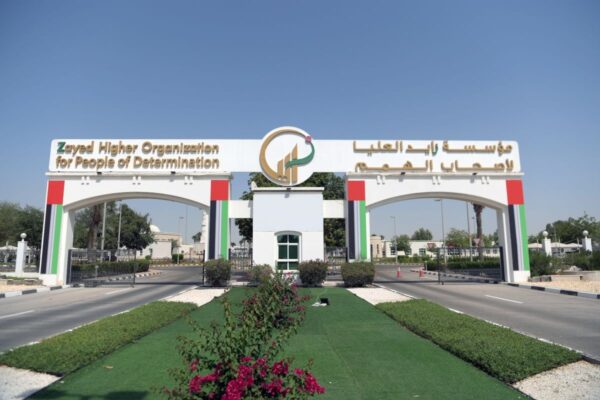The road to a Net-Zero future is lined with numerous options, the sensibility is in choosing the right path

American cultural anthropologist and author Margaret Mead said, “Never doubt that a small group of thoughtful, committed citizens can change the world; indeed, it is the only thing that ever has.”
How true! In an era marked by rapid urbanization and escalating climate change, environmental consciousness began at individual levels when people took the initiative and explored strategies to shape the future of mobility. The subject soon became a global concern aimed at reducing greenhouse gas emissions (GHGs), improving public health and quality of life. The results show that cities are undergoing a transformative shift to build climate-resilient spaces. In fact, over 70% of global GHG emissions originate from urban areas, underscoring the urgency of urban transformation.
Realizing that sustainable transportation and mobility are no longer optional, but essential, nations are investing in systems that are cleaner, safer and smarter. By prioritizing people over vehicles, the ecosystem fosters inclusive growth and works towards a greener future. However, the move requires a bold rethinking of city designs.
The backbone of sustainable development is multifaceted, comprising governance, technology integration, infrastructure, design and renewable energy sources, all of which are equally important for an impact. As they say, sustainability isn’t just about where we go, but how we get there.
Smart Planning
Effective governance ensures that initiatives are implemented across various levels. By involving community voices, addressing local needs and building public trust, the aim should be to balance environmental protection and economic prosperity. While fostering collaboration with government agencies, citizens and other stakeholders, the major challenges include policy reforms, sound budget, and data privacy and security.
Thus, through online portals, citizens should be able to interact with the government and submit their feedback. That’s because inclusive management necessitates transparency and accountability, wherein the public has open access to information and officials are held accountable for their actions. Digital platforms make it easier to upgrade public services and refine administration for the benefit of the citizens. In 2024, over 60% of municipalities in OECD countries reported using digital tools to engage citizens in urban planning.
Speed and efficiency
According to the International Energy Agency, in 2023–2024, the transportation sector accounted for a quarter of total global carbon emissions, over 65 per cent of oil consumption and 27 per cent of energy use. In fact, road vehicles alone are responsible for three-quarters of transport emissions. This includes passenger vehicles (cars and buses) and freight vehicles (trucks). Globally, cars and taxis contribute 54% of transport emissions, while heavy goods vehicles and vans add another 32%.
Therefore, expanding public transit in megacities remains one of the most effective alternatives to lessen urban congestion, pollution and dependence on personal vehicles. If planned constructively and implemented equitably, sustainable mobility can decrease emissions and boost people’s health. Since public transport emits significantly fewer pollutants per passenger-km than private vehicles, accessibility to trains, trams and buses is the answer. These modes connect communities and the affordability helps low-income populations. For instance, switching from car to train travel can reduce emissions by up to 80%.
Several cities worldwide have implemented Bus Rapid Transit (BRT) lanes that rival metro services in speed and efficiency. Similarly, combined with mobility hubs and smart transit stations, certain regions depend entirely on an electric bus fleet. In Latin America alone, over 2,500 electric buses were deployed by 2024.
Every strategy matters
Similarly, creating a walkable, cyclist-friendly oasis in the heart of urban jungles is fundamental to sustainability. By creating purposeful designs, communities encourage healthier lifestyles, support local economies and reduce emissions. The result is the advent of human-centric cities.
Cycling offers a clean, affordable and efficient alternative to motorized travel. But to make it safe and appealing, a thoughtful investment must be made in infrastructural facilities. This includes protected bike lanes, repair stations and end-of-trip parking docks. To encourage uptake among commuters and small business owners, it is beneficial to offer subsidies for cargo and e-bikes. In the EU, cargo bike subsidies have led to a 35% increase in adoption among urban delivery services.
Cities that invest in bike lanes see a 20–50 per cent ridership increase within the first year of implementation. In Copenhagen, Denmark, supported by over 390 km of dedicated lanes, 62 per cent of residents commute by bike daily. The country has built cycle highways and long-distance routes, connecting suburbs to city centres.
In the same way, the mixed-use of developing homes, shops, parks and offices in the vicinity reduces the need for long-distance travel. Wide sidewalks, well-lit crossings and shaded paths enable inclusive and safe strolling environments. Moreover, incorporating trees, fountains, benches and public art makes walking and idling enjoyable. Studies show that walkable neighborhoods can reduce car trips by up to 40%.
Big impact solutions
With transportation being responsible for emissions, transitioning to low-carbon fuels and electrified mobility is crucial. Government incentives have spurred the adoption of electric vehicles (EVs) worldwide. Hydrogen-powered trains and buses offer zero-emission and long-range travel. Also, apps for integrating public transport, shared e-scooters, bikes and ride-hailing cabs have become seamless and sustainable options.
In 2024, global EV sales reached 17.1 million units, representing 22% of all new car sales. In China alone, nearly 50% of new vehicles sold were electric. Hence, the expansion of EV charging networks and the integration of renewable energy sources, such as solar-powered transit shelters, are much needed. Another important factor has been the creation of Low Emission Zones to restrict polluting vehicles in sensitive areas and improve urban air quality. The move led to measurable reductions in nitrogen dioxide and particulate matter in over 250 European cities—some reporting up to 40% improvement in air quality.
Moving a step ahead, London and Singapore charge a ‘congestion price’ from vehicles entering high-traffic zones. This reduces pollution, generates revenue for transit investment and increases public transport use. In London, congestion pricing has led to a 30% reduction in traffic volume and a 12% increase in bus ridership.
Therefore, while envisioning the path towards a net-zero future, our aim should be to prioritize community development and harmony. As Jennifer Nini, Editor, Eco Warrior Princess, rightly stated, “We are not above nature, we are a part of nature”.





